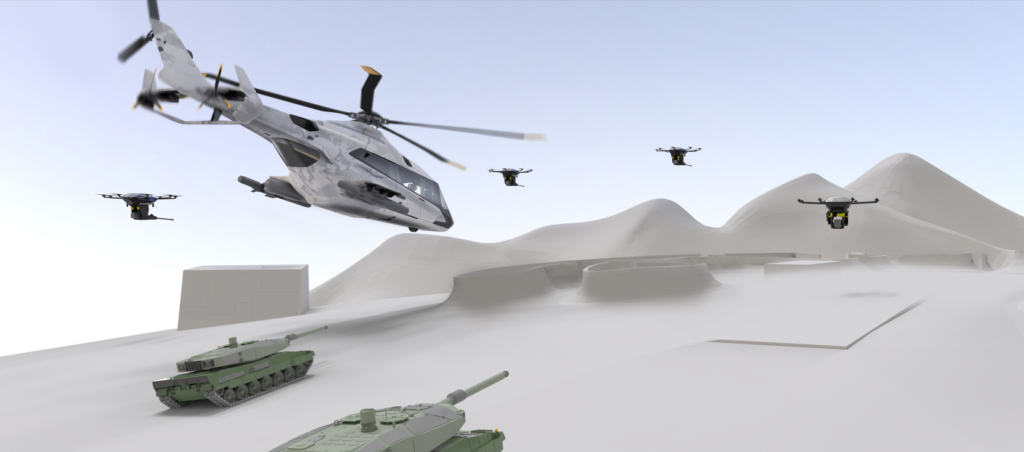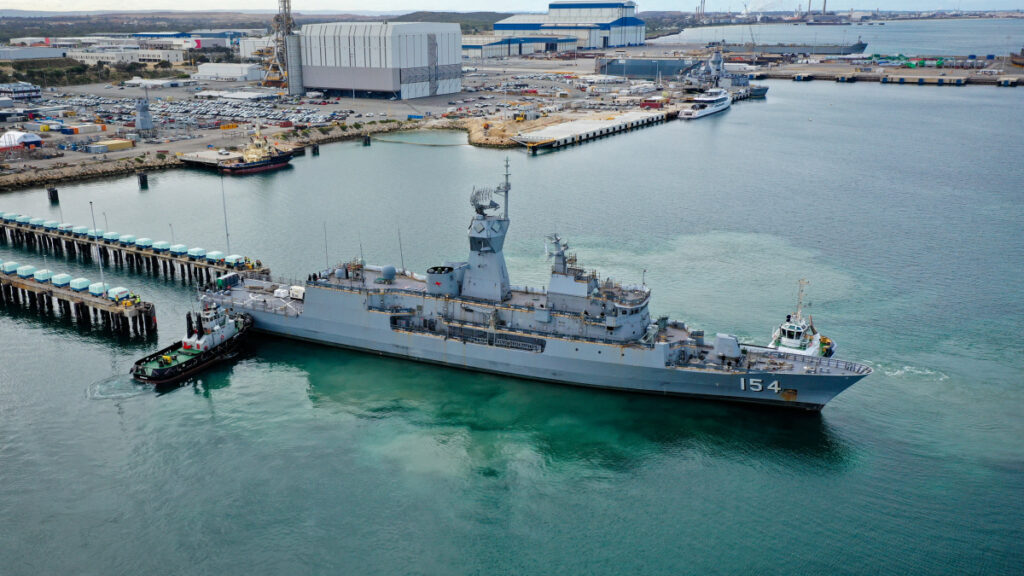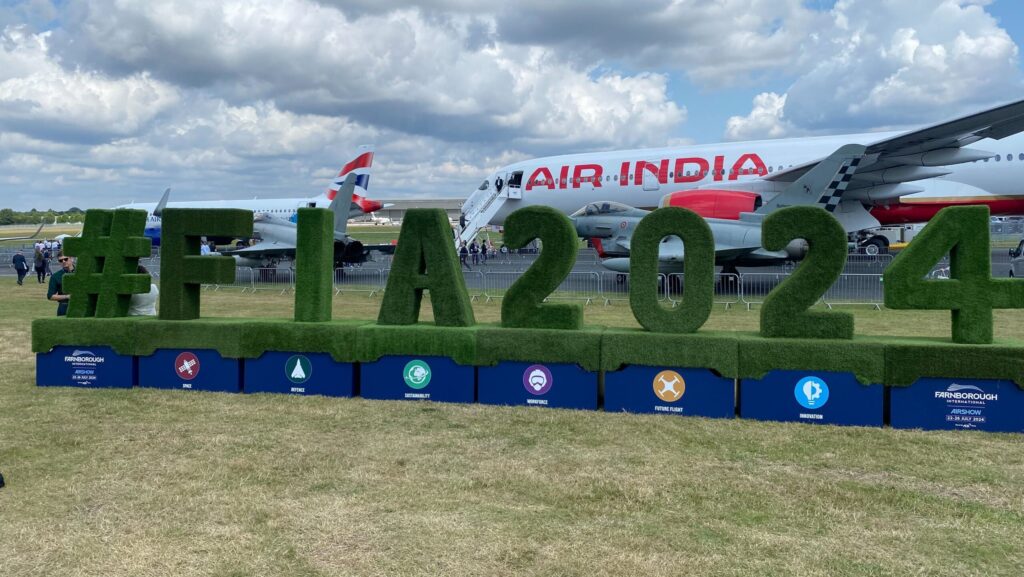A U.S. Air Force F-16CM Fighting Falcon from the 480th Fighter Squadron flies over Germany April 13, 2022, after completing installation of a new active electronically scanned array (AESA) radar system. (U.S. Air Force photo by Staff Sgt. Chanceler Nardone)
BEIRUT — A new radar from Turkish firm Aselsan quietly performed its maiden flight on a US-built F-16 fighter jet last month, a step in the right direction for Ankara which has been struggling to bring its air force up to a fifth-generation level.
“We are proud to bring AESA radar technology, one of the most advanced avionics technologies in the world, to our country,” said Haluk Gorgun, president of the Turkish Defense Industry Agency on Tuesday.
The nationally-developed radar will elevate the Turkish-operated F-16 Ozgur fighter jet to generation 4.5, while “KAAN [Turkish fifth-generation fighter jet] and combat UAVs will become 5th generation and beyond platforms with additional capabilities and low visibility features,” he added.
The radar’s maiden flight was carried out on Feb. 15 on the F-16 Ozgur, according to a statement released Tuesday by Aselsan. “National AESA Aircraft Nose Radar will start its flights with AKINCI very soon. Flights will be carried out in 2024 after integration with other jet aircraft and other national UAVs.”
In addition to the F-16 and AKINCI, the AESA radar will be integrated on HÜRJET, National Combat Aircraft (KAAN), KIZILELMA and ANKA-3 UAVs, the firm’s statement said.
Ozgur is the indigenous modernization project of F-16 aircraft in the Turkish air force inventory, led by Turkish Aerospace Industries (TAI), targeting upgrades to the mission computers and software.
“Turkish defense technological and industrial base’s AESA capability development program is vital. It would boost the air deterrent’s sensor edge considerably,” Can Kasapoglu, a Turkish defense expert and senior fellow at the Hudson Institute, told Breaking Defense.
He added that other than fostering F-16 capabilities, “the radar program will also prove critical for the nation’s advanced strategic drone programs. It’ll also enable critical export options for other nation’s 4.5 and 5th Gen combat aircraft programs, as well as strategic drone projects.”
AESA’s radar, which is operational across land, air and sea, according to Aselsan’s CEO Ahmet Akyol, has features of automatic recognition, target tracking and “automatic target limitation with artificial intelligence-supported algorithms,” according to Aselsan’s statement. With AESA, the firm also looks to increase its share in the fighter jet Nose Radars global market estimated at $5 billion annually.
Meanwhile, Aselsan’s camera ASELFLIR-500, was successfully tested on board of Baykar’s, Bayraktar TB3 UAV.


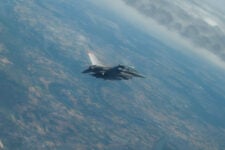
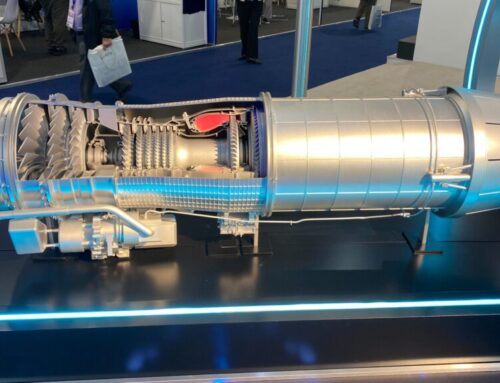
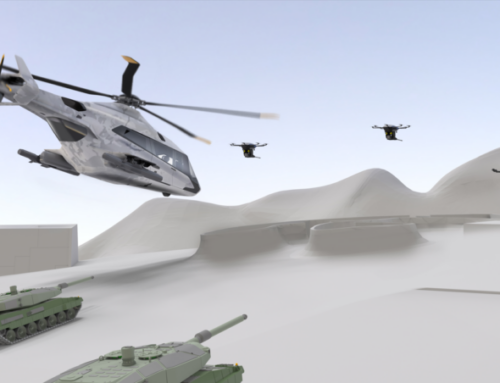
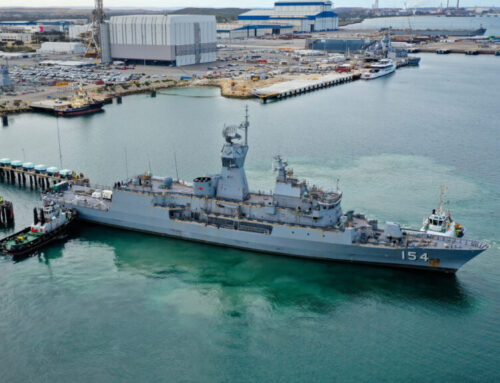
![The sights from the 2024 Farnborough Airshow [PHOTOS]](https://centurionpartnersgroup.com/wp-content/uploads/2024/07/IMG_8722-scaled-e1721930652747-1024x577-hZjwVb-500x383.jpeg)

